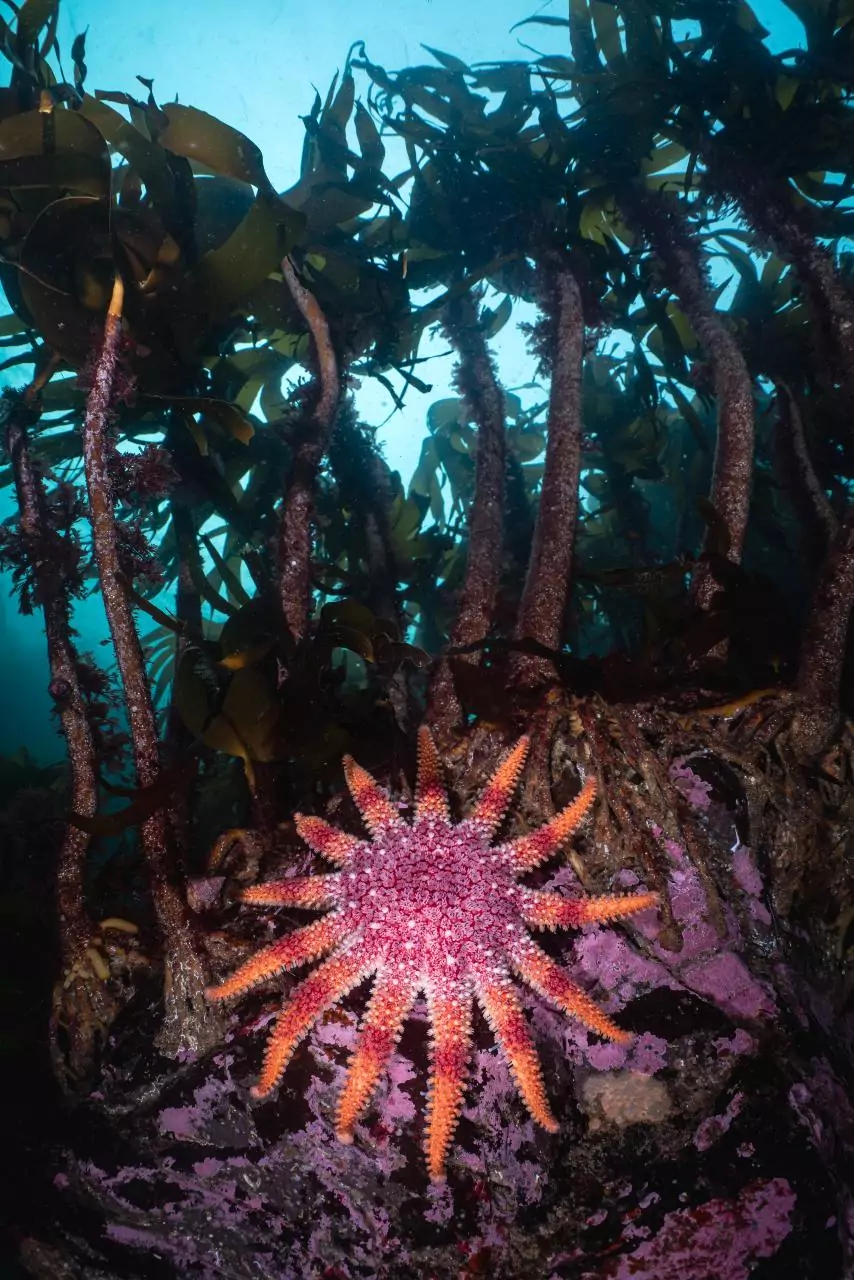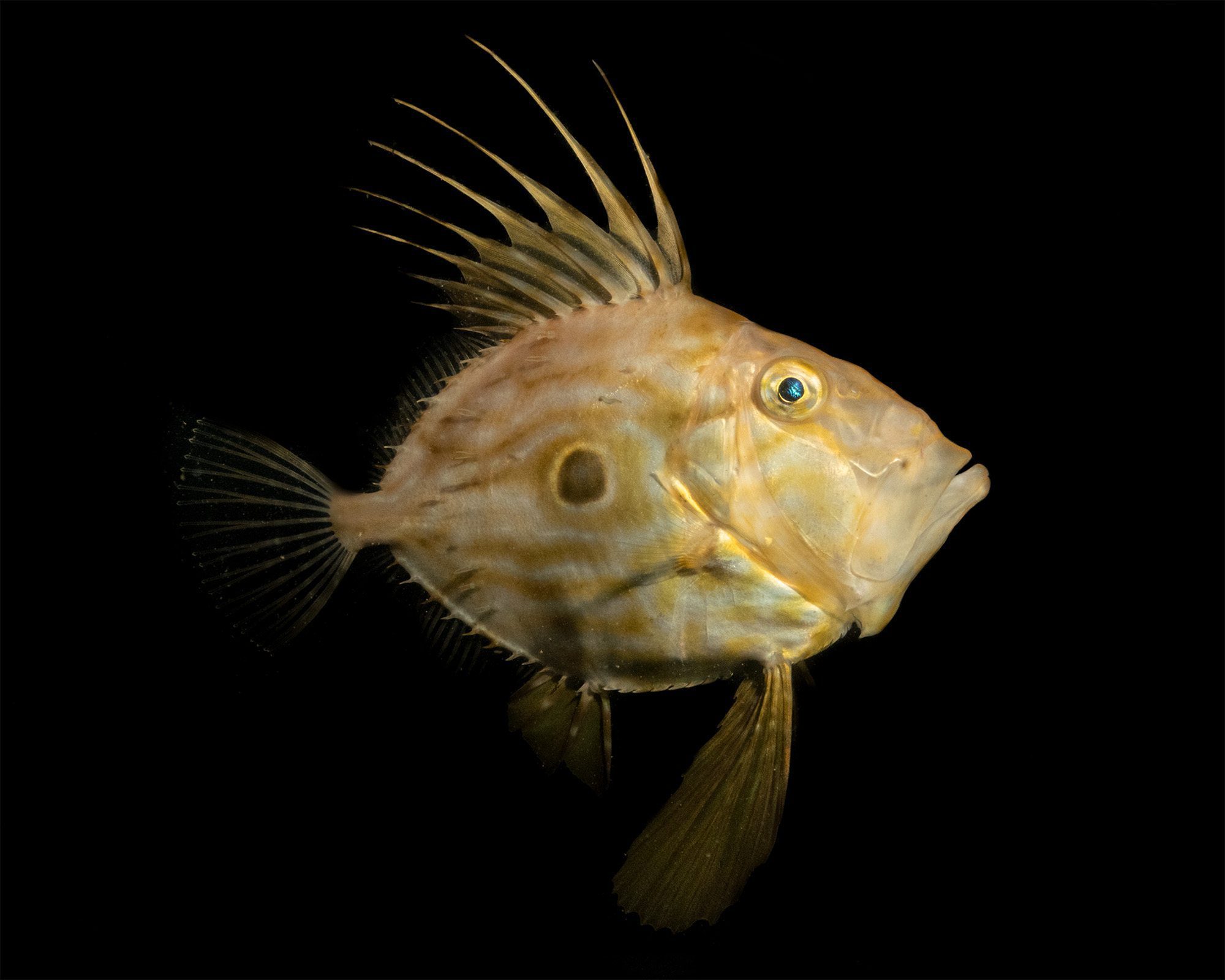It's World Wildlife Day (3 March), and UK charity the Marine Conservation Society is celebrating the event by sharing an inspirational selection of ocean photography depicting marine life around the UK.
The 14 images were taken by seven underwater photographers: “While the images show the colourful and curious world under the surface of the UK’s seas, these fragile ecosystems are in urgent need of protection and restoration,” says the MCS. “Without a healthy ocean, we cannot have a healthy planet.”
For scuba divers and snorkellers, the society suggests that becoming a Seasearch volunteer is a good way of giving back and exploring the UK’s waters. Seasearch conducts underwater surveys to provide an insight into the state of the UK’s seas.
“As the UK’s biggest anemone, the firework can have a stalk and tentacles up to 30cm long. Usually restricted to deeper waters, in many western sea lochs in Scotland they are accessible to sport divers. These beautiful creatures also have a party trick: under UV light they fluoresce, and emit blue and green light and display patterns not seen under daylight.”

“Among the most beautiful of our ground-dwelling fishes, the anglerfish’s mottled brown tones and leafy protrusions of skin make it almost undistinguishable from the rocky, weed- strewn ground that divers often encounter them in. Broad circular pectoral fins seem to grip the seabed like clasping hands on either side of the massive, dustbin-lid head. Ahead of a decreasing series of weed-like dorsal spines, the anglerfish wafts its distinctive lure or ‘illicium’ to entice unwary prey into its cavernous mouth.”

“As winter creeps in, the tiny bobtail squid rises from the depths of the sea lochs to breed. Through September and October, they can be found in depths as shallow as 10m. Often no larger than a golfball, a macro lens is preferable to get the glorious and colourful details. This shot shows an eye and siphon.”

“Through late summer the basking shark passes though the Isles of Coll and Tiree in huge numbers on its migratory journey north. Despite being the second-largest fish in the sea (up to 9m long) and a close relative to the great white shark, it’s completely harmless, with a preference for microscopic plankton as its food. This split-shot was taken on a glorious evening’s snorkel with three large individuals.”

“Instantly a great dive when an octopus encounter is involved! Being quite sheltered and having lots of prey available for them, this site is a hotspot for curled octopus. It was already watching me when I finally noticed its presence, which is nearly always the case with these masters of camouflage. The plumose anemones that carpet the seabed in patches make it a very special place.”

“Typical rocky Shetland reef capped with a beautiful forest of kelp. This large common sunstar seemed to be making its way up into the kelp forest, likely in search of food. A beautiful starfish but also a voracious predator and scavenger. Once their prey has been caught by one of its many arms, they extrude their stomach out of their mouth and partially digest the meal, a gruesome end.”

“One of the prettiest molluscs we find up here on the Shetland islands, this one looks to be feeding on a sea-mat, which is a type of bryozoan that encrusts kelp fronds. Their stunning shells, which wash up on our beaches, are a prized find for beachcombers, but they are much more stunning when alive. If you look closely, you can see its eye poking out from under the shell.”

“An absolute stunner of a nudibranch! Not as common as some of the other species we find here in Shetland, which makes them even more special. Caught by the sun's rays they almost seem to sparkle. It’s amazing that such tiny, delicate creatures can survive in the wild seas around Shetland’s coastline. Our kelp forests around Scotland are rich with life, the biodiversity in these forests is breath-taking and we need to protect them!”

“The Berwickshire marine reserve on the Scottish borders is the most reliable spot for UK divers to see charismatic wolf-fish in their rocky lairs. They usually live singly, but on one September trip I spotted five separate pairs huddled together in different rocky hollows. Clearly, love is in the air for wolf-fish in the autumn.”

“The closer you look, the more you see. I was drawn to this tiny but colourful hermit crab on a piece of kelp in the shallows in Shetland, but I didn’t appreciate until I looked closer that its shell was in turn covered in life, such as lampshells, pink encrusting algae and, at the very top, a topshell. Quite the vibrant community.”

“I have always had a soft spot for john dory. When I first started diving in Dorset, we were gifted with many summer nights full of them. I hadn’ seen one for years, but this summer they returned in good number, and I spent a good 10 minutes with this individual, who was very keen to check themself out in the reflection of my dome lens.”

“Over the summer I visited St Abbs and was blown away by how many crabs and lobsters there were. The Berwickshire Marine Reserve is a very special place to dive because it is a voluntary no-take zone. Many of the marine animals here have no need to fear divers, and exist in higher numbers than outside the reserve.”

“The variable blenny is a relative newcomer to UK waters, having arrived from the Mediterranean as a summer visitor some years ago, but is now firmly established in Babbacombe all year round. As the name suggests these fish are variable in colour, not only between male and female but also when either mating or looking after a clutch of delicate eggs for weeks at a time.”

“Taken in Falmouth, Cornwall in springtime, this was a nice encounter with a great local species taken under overcast skies – moody weather and one of the first compass jellyfish of the year.”
Find more about World Wildlife Day, the MCS and how to get involved with Seasearch.
Also on Divernet: 11 Great Reasons To Be A UK Diver, Diver's Rainbow Nudi A First For UK, Awards For Ace Cornish Sea-Life Spotters

